Vistra, Energy Harbor deal finally closes

Vistra this week completed its acquisition of Energy Harbor Corp., a move the company announced almost exactly a year ago with a $3.43 billion price tag.


Vistra this week completed its acquisition of Energy Harbor Corp., a move the company announced almost exactly a year ago with a $3.43 billion price tag.
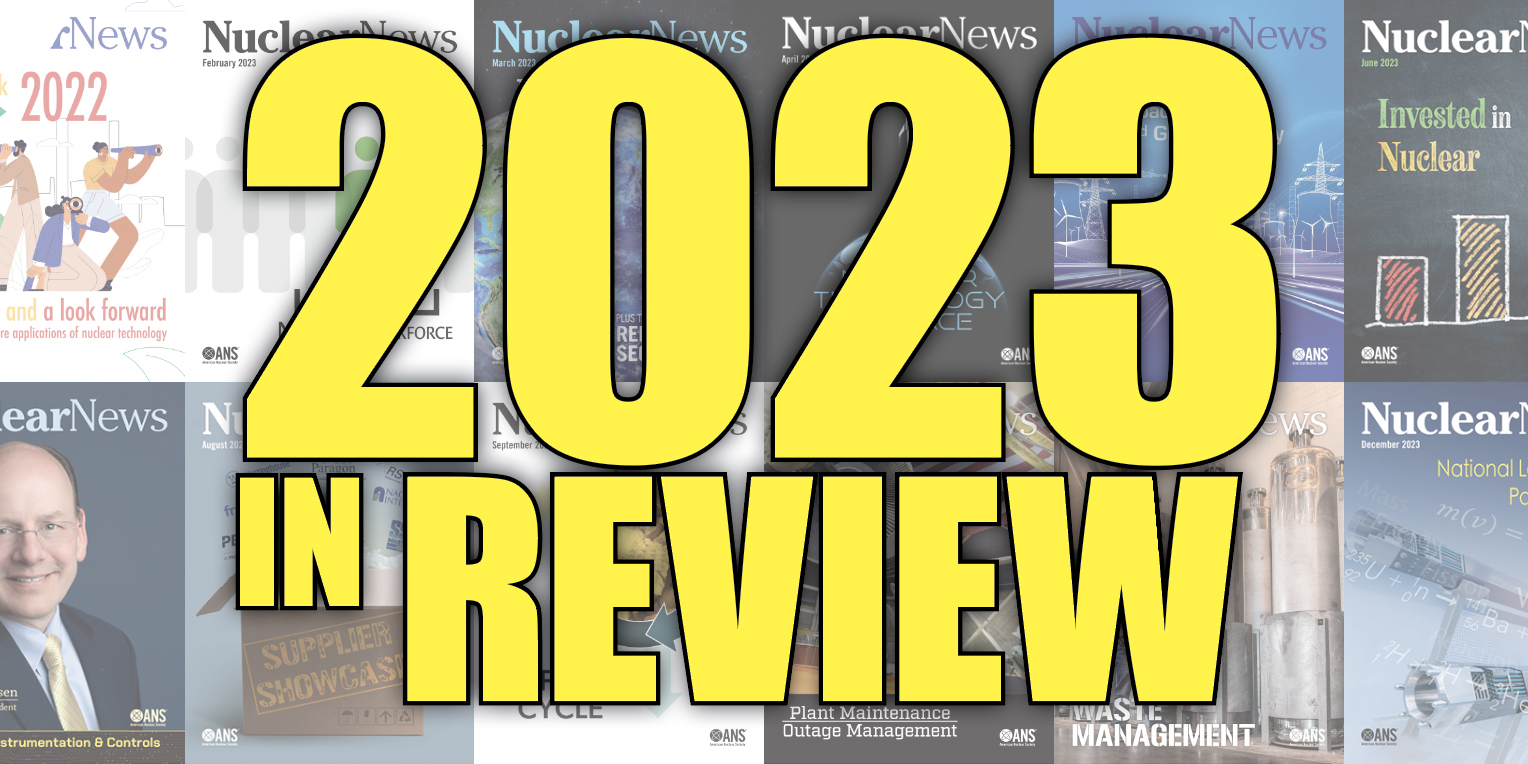
Another calendar year has passed. Before heading too far into 2024, let’s look back at what happened in 2023 in the nuclear community. In today's post, compiled from Nuclear News and Nuclear Newswire are what we feel are the top nuclear news stories from January through March 2023.
Stay tuned for the top stories from the rest of the past year.
Texas-based Vistra Corporation was hoping to get the go-ahead from the Federal Energy Regulatory Commission this month for its proposed acquisition of Energy Harbor’s nuclear assets, but on October 13, the agency issued an order extending its review of the deal (called “tolling the time” in bureaucratese) to April 11, 2024. Currently down one seat, the four-member FERC voted 3–1 for the time extension, with the lone dissent coming from commissioner James Danly.
The Nuclear Regulatory Commission has approved the transfer of the operating licenses for four reactors and their associated spent fuel storage facilities from Energy Harbor Nuclear Corporation to Vistra Operations Company, the agency announced September 29.

In a filing Monday with the Federal Energy Regulatory Commission, Vistra Corporation committed to divesting itself of two power generation assets to help alleviate concerns over its proposed acquisition of Energy Harbor.
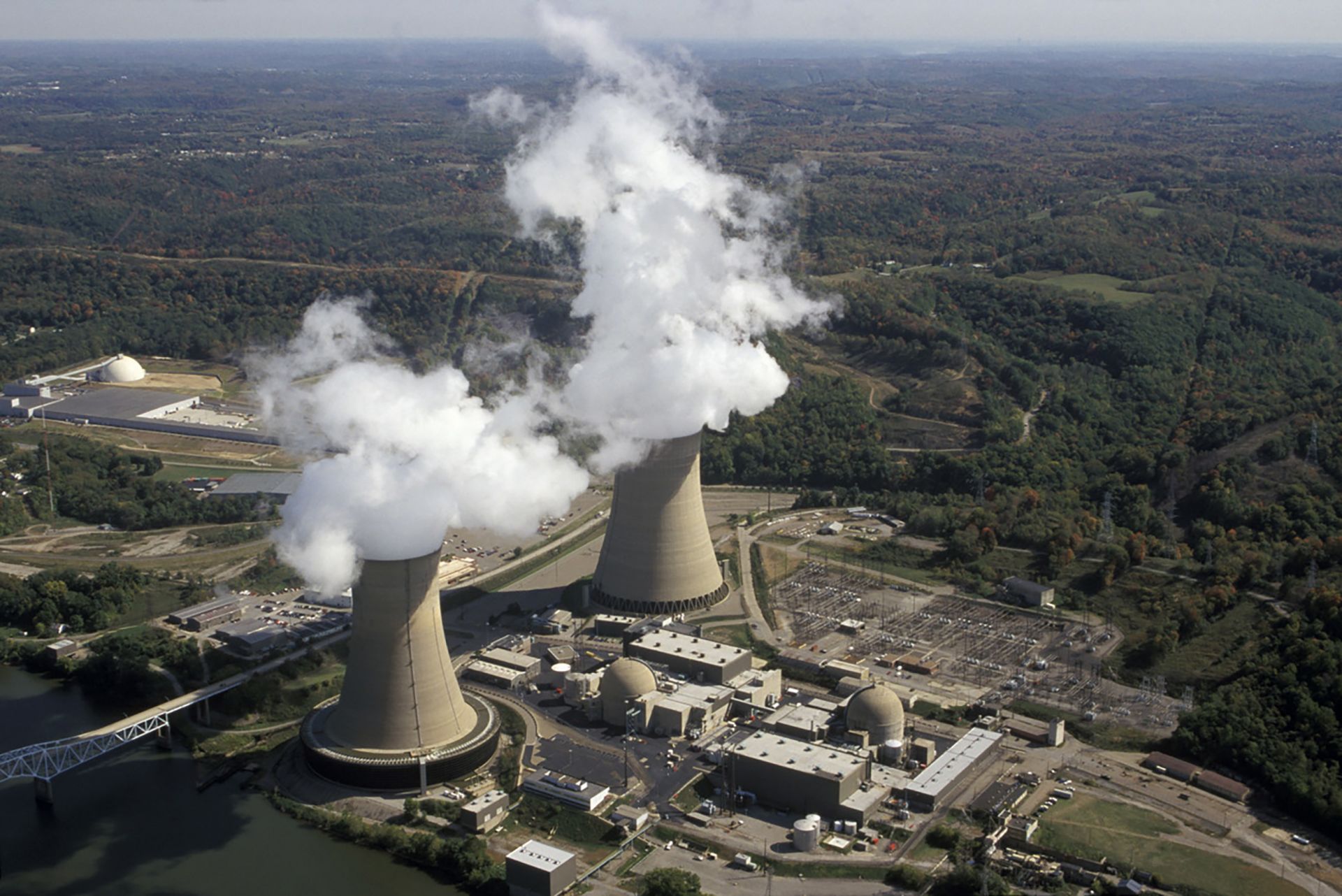
The Department Justice earlier this week filed comments with the Federal Energy Regulatory Commission regarding Vistra Corporation’s proposed acquisition of Energy Harbor, the Ohio-based owner and operator of the Beaver Valley, Davis-Besse, and Perry nuclear plants. Echoing misgivings raised in June by PJM Interconnection’s market monitor Monitoring Analytics regarding the possible exercise of undue market power as a result of the deal, the DOJ Antitrust Division’s 16-page document urges FERC to carefully review the proposal to ensure it will not substantially lessen competition and increase wholesale electricity prices in the PJM region.
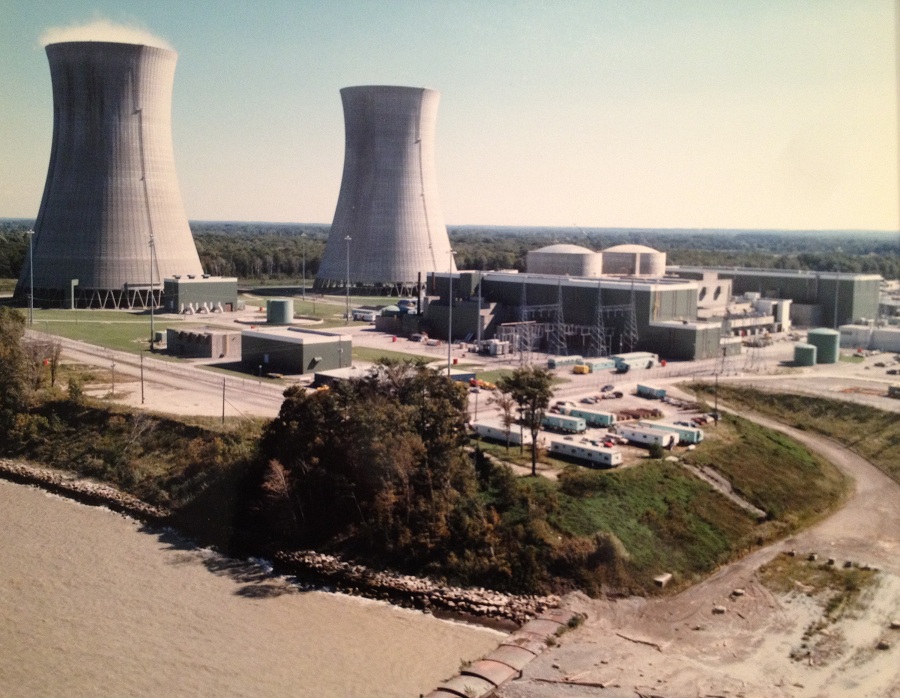
Energy Harbor has filed its initial license renewal application for the Perry nuclear power plant, requesting an additional 20 years of operation for the facility, the Nuclear Regulatory Commission announced yesterday. Dated July 3, the 2,427-page application is now available on the agency’s website.
The Nuclear Energy Institute—along with Constellation, Energy Harbor, PSEG, and Vistra—submitted a 19-page letter on May 24 to the Treasury Department and Internal Revenue Service, taking issue with April 10 comments to those agencies from the Clean Air Task Force (CATF) and Natural Resources Defense Council (NRDC) concerning the Inflation Reduction Act’s clean hydrogen production tax credit (Internal Revenue Code sec. 45V). (The Treasury and the IRS released a notice last November requesting public input on the credit’s implementation.)
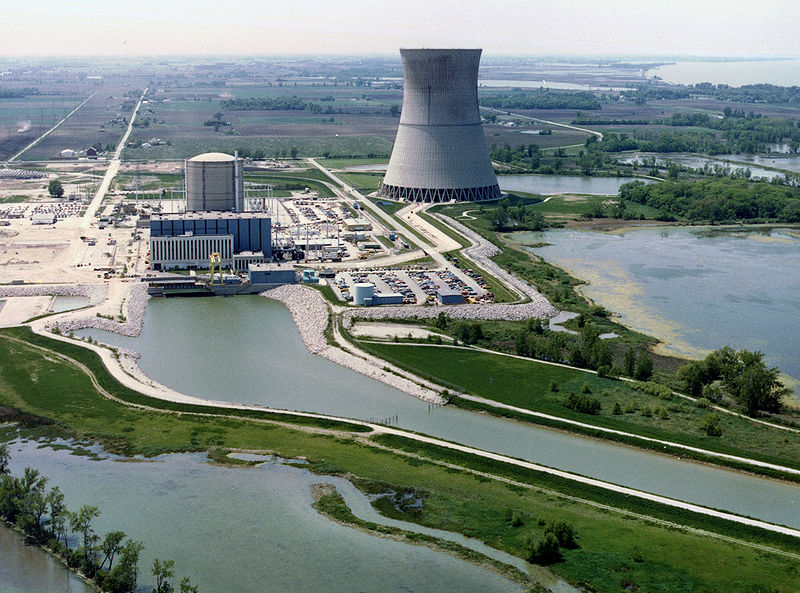
The Great Lakes Clean Hydrogen Hub coalition (GLCH) has submitted an application for funding from the $8 billion Department of Energy program authorized by the Bipartisan Infrastructure Law to support the creation of regional clean hydrogen hubs, nuclear plant owner/operator Energy Harbor announced on May 2.
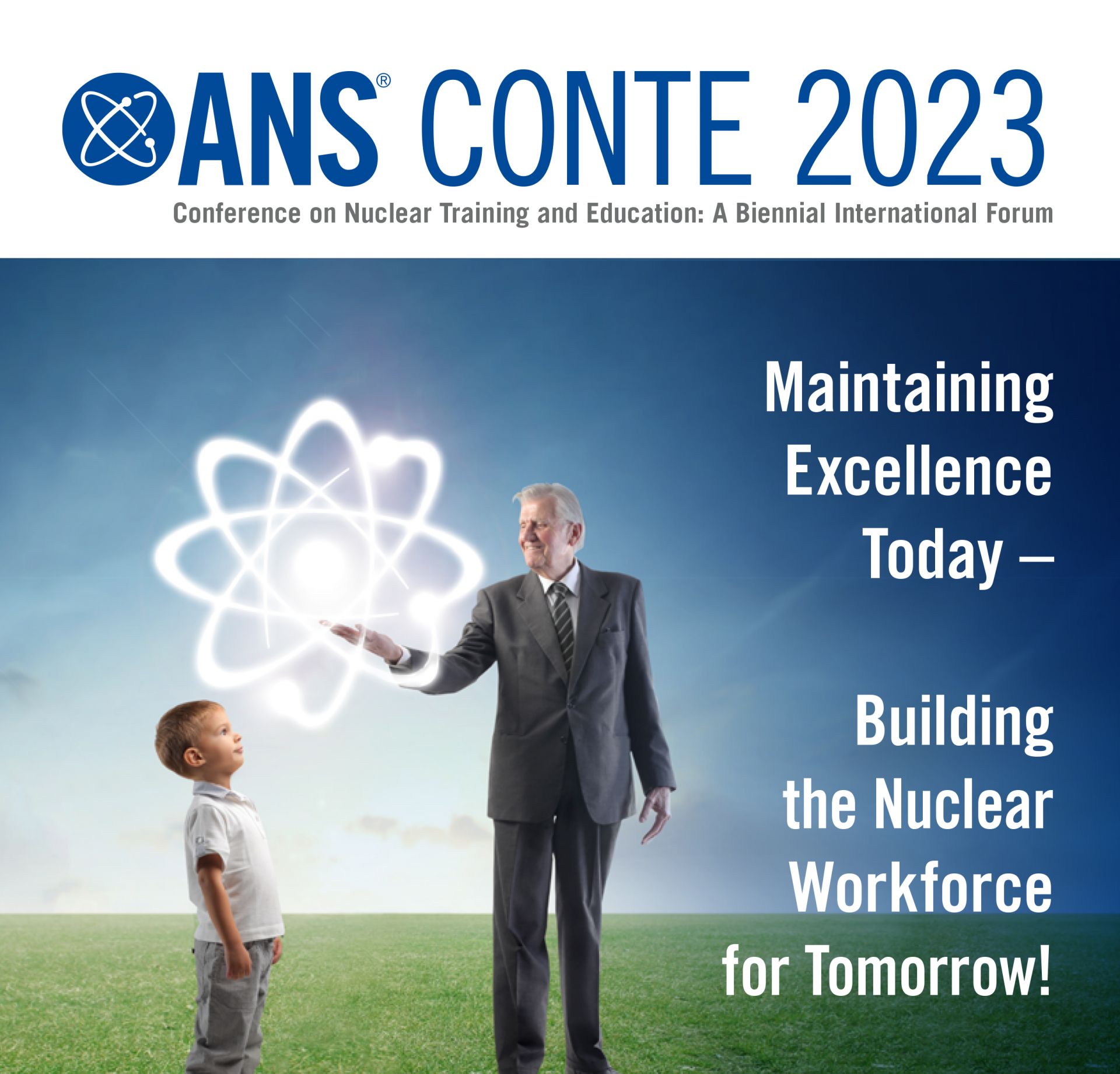 For those who missed the recent Conference on Nuclear Training and Education: A Biennial International Forum (CONTE 2023), which was held on February 6–9 in Amelia Island, Fla., ANS hosted on March 9 an online panel discussion recapping selected highlights. The conference had the theme of “Maintaining Excellence Today—Building the Nuclear Workforce for Tomorrow!”
For those who missed the recent Conference on Nuclear Training and Education: A Biennial International Forum (CONTE 2023), which was held on February 6–9 in Amelia Island, Fla., ANS hosted on March 9 an online panel discussion recapping selected highlights. The conference had the theme of “Maintaining Excellence Today—Building the Nuclear Workforce for Tomorrow!”
Four panelists summarized their CONTE presentations in the online discussion: Annaliese Piraino, instructional technologist at Energy Harbor’s Beaver Valley nuclear power plant; Sterling Parmenter, senior maintenance and technical instructor at Constellation Energy’s Nine Mile Point nuclear power plant; Lori Brady, senior director of human resources and training and development at the Nuclear Energy Institute; and David Helling, senior training advisor at Westinghouse Electric Company. The online event was moderated by Billy Wilson, senior engineer in nuclear training at Ontario Power Generation.
For more info on the CONTE meeting, visit CONTE 2023. Also available online is the recap webinar.
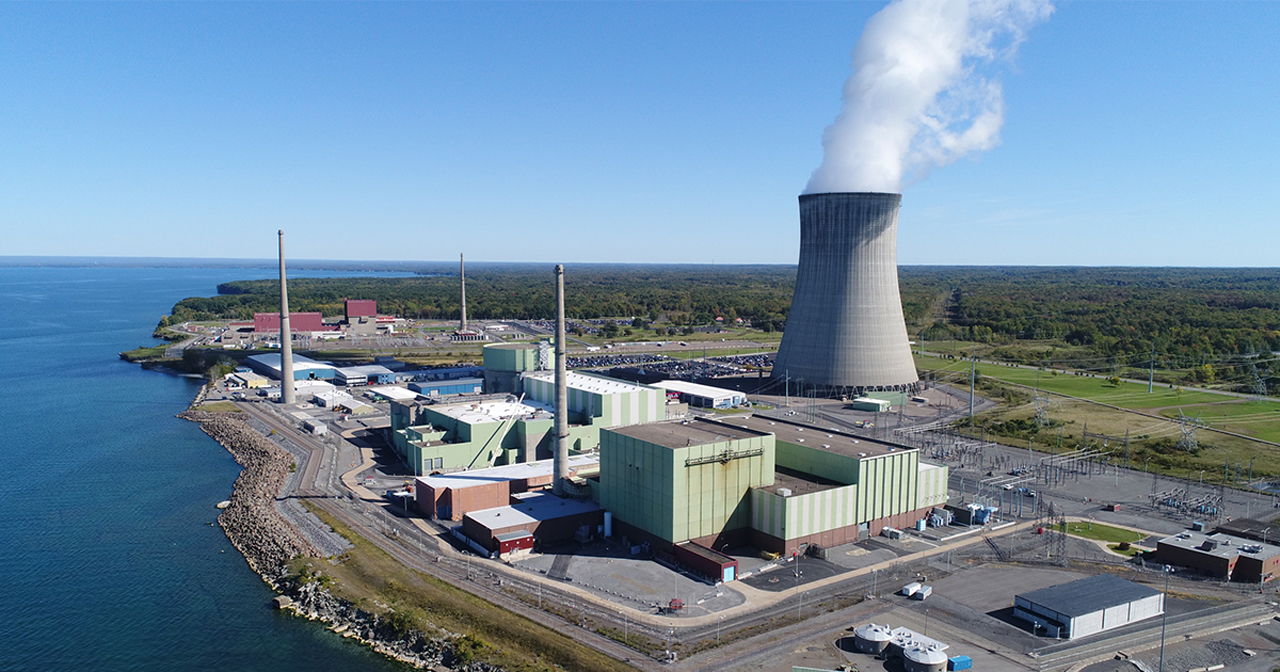
A nuclear-powered hydrogen production facility has commenced operation at Constellation Energy’s Nine Mile Point plant, the company announced this week. The facility is the first of its kind in the United States to generate hydrogen using nuclear power, courtesy of the New York plant’s two boiling water reactors, the 620-MWe Unit 1 and 1,287-MWe Unit 2.

Texas-based Vistra Corporation, owner of the Comanche Peak nuclear plant, has announced a $3.43 billion deal to acquire Energy Harbor, the Ohio-based owner and operator of the Beaver Valley, Davis-Besse, and Perry nuclear facilities.
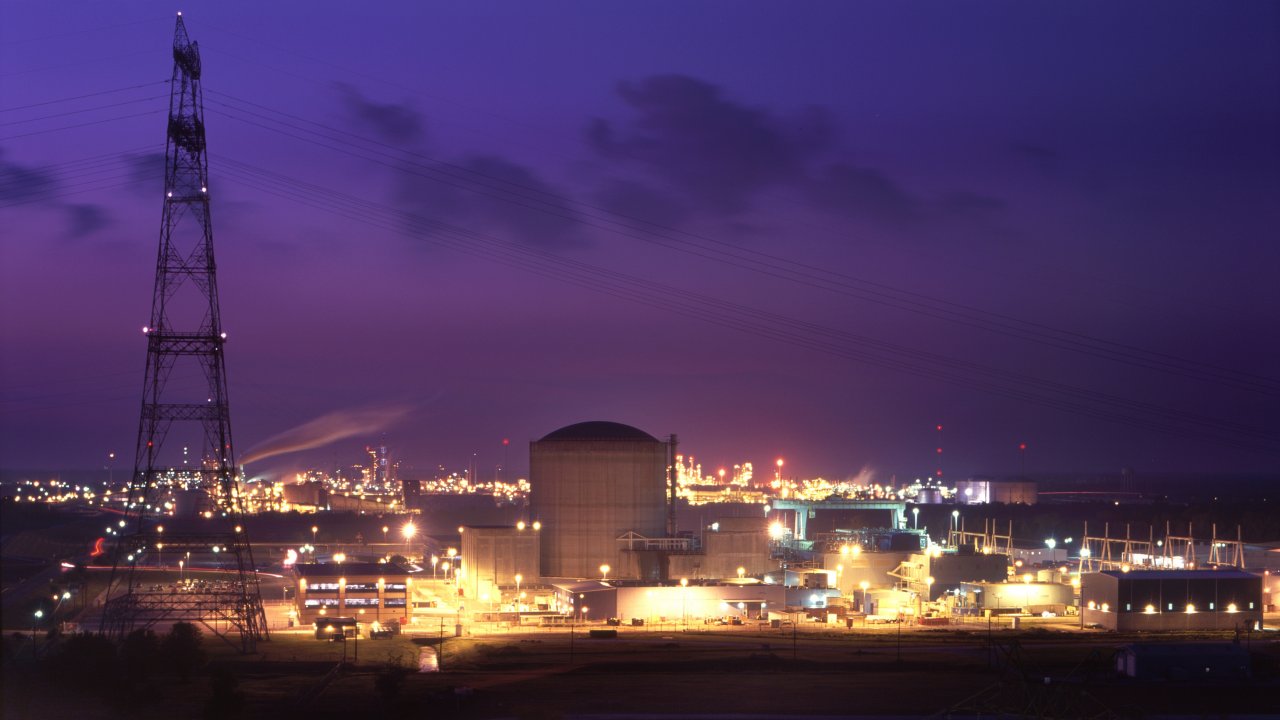
The Nuclear Regulatory Commission is increasing its oversight of the Waterford Steam Electric Station’s Unit 3 reactor due to a decade-long miscalibration of a radiation monitor.
In a September 13 letter to Entergy Operations, the NRC classified the issue at the Killona, La., facility as a “white finding”—agency parlance for a problem of low to moderate safety significance. (The NRC’s Reactor Oversight Process uses color-coded inspection findings and indicators to measure plant performance, starting at green and increasing to white, yellow, and red, commensurate with the safety significance of the issues involved.)

A new “24/7 emission-free energy compliance product” is now being used by Energy Harbor to meet the needs of customers who must validate that the energy they consume throughout the day is free of carbon emissions. The power company, based in Akron, Ohio, plans to use the product to provide the emission-free energy credits (EFECs) for its Beaver Valley nuclear power plant in Pennsylvania and the Davis-Besse and Perry nuclear plants in Ohio—potentially more than 32 million credits every year.

Using nuclear power technology to produce clean hydrogen is getting a visibility boost as the Department of Energy hosts a virtual three-day (June 6–8) Annual Merit Review and Peer Evaluation Meeting on the agency’s efforts to accelerate clean hydrogen production. On June 6, the DOE announced a notice of intent (NOI) to fund the Bipartisan Infrastructure Law’s $8 billion program to develop regional clean hydrogen hubs (H2Hubs) and the launch of a new Hydrogen Shot Incubator Prize that seeks “disruptive technologies” to reduce the cost of clean hydrogen production. That same day, Westinghouse Electric Company and Bloom Energy Corp. (a maker of solid oxide electrolyzer technology) announced a letter of intent to develop electrolyzers for use in the commercial nuclear power market and said they are “well positioned to support the U.S. Department of Energy’s developing hydrogen hubs.”

Energy Harbor has signed a memorandum of understanding with blockchain company Standard Power to develop a large-scale carbon-free data infrastructure operation adjacent to the Beaver Valley nuclear plant, located in Shippingport, Pa.
In its May 9 announcement, Energy Harbor described Standard Power as “a leading infrastructure service provider for advanced data processing companies and a leading hosting provider for blockchain mining companies.”
Energy Harbor is based in Akron, Ohio.
,_July_2020.jpg)
Energy Harbor—owner and operator of the Beaver Valley, Davis-Besse, and Perry nuclear power plants—recently announced its plan to become a carbon-free energy infrastructure and supply firm in 2023. Energy Harbor is based in Akron, Ohio.
The Nuclear Regulatory Commission offered an overall reassuring message last week regarding the performance of the nation’s commercial reactors in 2021.
“The work of the nuclear power plant operators for almost every reactor fully meets our stringent safety and security performance objectives,” said Andrea Veil, director of the NRC’s Office of Nuclear Reactor Regulation. “Yet even those high-performing units will undergo thousands of inspection hours this year under our normal ‘baseline’ inspection program.”

Nuclear power plants are not quick to change. So when four utilities announce they will make room for shiny new electrolyzers and consider tweaking their business model, that’s news.
Nuclear power plants can leverage the energy stored in some of the world’s heaviest elements to generate the lightest: hydrogen. That is not news, but it casts an aura of alchemy over straightforward engineering. Amid the hype, and the hope of significant federal funding, it’s worth acknowledging that hydrogen has an industrial history over 100 years old. In the potential matchup of hydrogen and nuclear power, it’s nuclear that would be the newcomer.
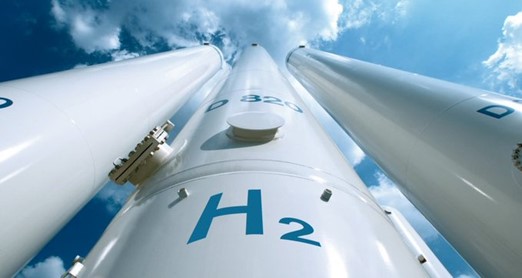
If you’re hearing for the first time that October 8 is Hydrogen Day, you might be wondering, “Why October 8?” and “What’s the connection to nuclear?”
ANS Nuclear Newswire has the answers.